Buddhism has had a profound impact on Korean culture, politics, literature, architecture, art, and ways of thinking. Currently, 15% of the Korean population identifies as Buddhist, and traces of Buddhist culture can be found all over Korea. The National Museum of Korea’s Room of Quiet Contemplation houses two pensive bodhisattva statues, both of which are designated as National Treasures. These statues allow people to appreciate the virtue of Buddhism, which encourages contemplation about the cycle of birth and death.
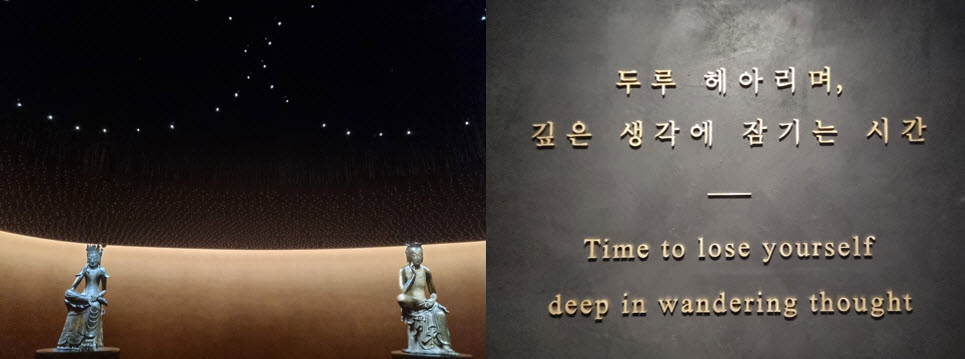
Bodhisattva Statues and Room of Quiet Contemplation Signage, National Museum of Korea
Source: Sneha Karri
There are hundreds of Buddhist temples all around Korea that attract great numbers of visitors each year, with the famous “Three Jewel” temples being Haeinsa, Tongdosa, and Songgwangsa. Each temple represents one of the “Three Jewels” of Buddhism, the Buddha, Dharma (righteousness) and Sangha (community). Haeinsa contains the Tripitaka Koreana, a collection of 80,000 woodblocks printed with the complete canon of Buddhist texts, enlisted as UNESCO World Heritage and a National Treasure. Many temples are located near scenic mountains, forests, or coastlines, but there are several easily accessible options in metropolitan areas as well, such as Jogyesa in Seoul. Other famous temples include Haedong Yonggungsa in Busan and Bulguksa in Gyeongju, the latter of which is known for Seokguram Grotto, a National Treasure and UNESCO World Heritage site. It is considered a masterpiece of East Asian art, designed with great religious significance.
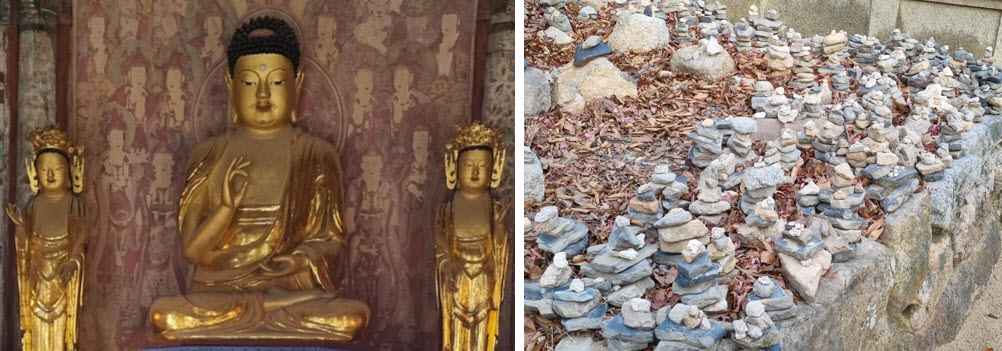
Bulguksa interior and wishing stone towers built by visitors
Source: Sneha Karri
It is only natural to seek holistic, educational experiences of Buddhism in a country like Korea, rich in Buddhist tradition and culture since the Silla Dynasty. The Seoul National University Buddhist Society is one of the perfect places to gain such experiences. It is not surprising that the society, one of the most popular at SNU, has over 130 members, of which many members are exchange, international, or language institute students. In fact, most members are not religious, choosing to join the society to learn more about Buddhist philosophy, and its presence in Korea. Being active during the 1980s Korean democratic movement and the Sankiti (an inter-university Buddhist practice group established in the 2000s), the SNU Buddhist society celebrates a rich history of promoting practical Buddhism, in which one applies Buddhist wisdom to social issues. The society’s network of alumni also interacts with current students via scholarship programs. The society celebrates its 64th anniversary this year, and continues to serve busy students by providing an oasis-like place to rest the mind and soul.
The society hosted a welcome templestay for newcomers at Just Be Temple, Hongdae, from March 10 to 11. Participants learned about basic temple manners, practiced the 108 bows, Seon (Zen) meditation, conversations over tea and meals, and had the opportunity to ask Buddhist monks any questions they wanted.
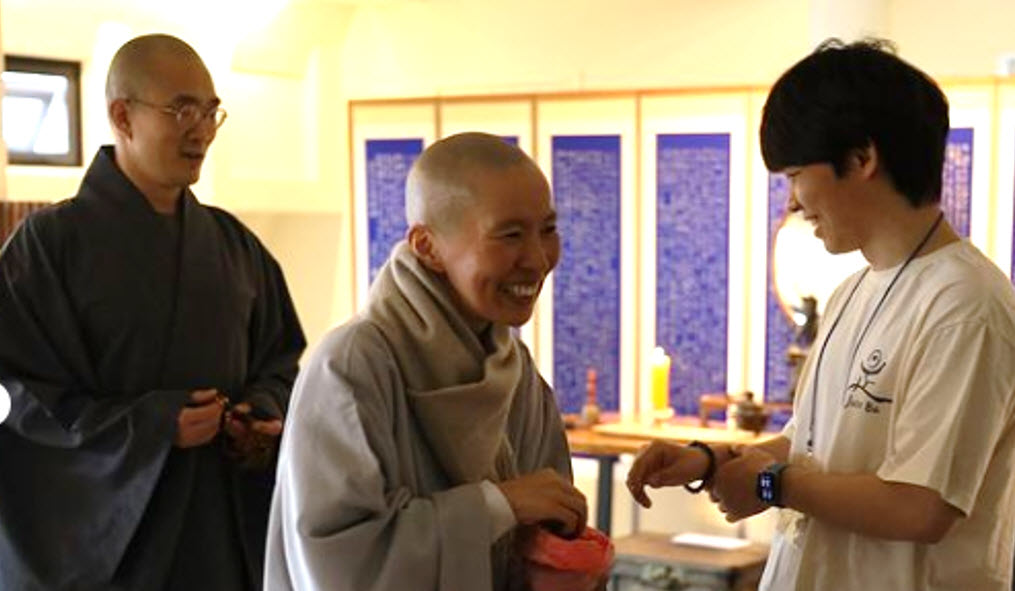
Head Monks gifting prayer beads
Source: Sneha Karri
“I’ve been very interested in philosophy, meditation and becoming a better person. So when I heard about the club, I decided to welcome the opportunity,” said Fanny, an undergraduate from France majoring in visual arts.
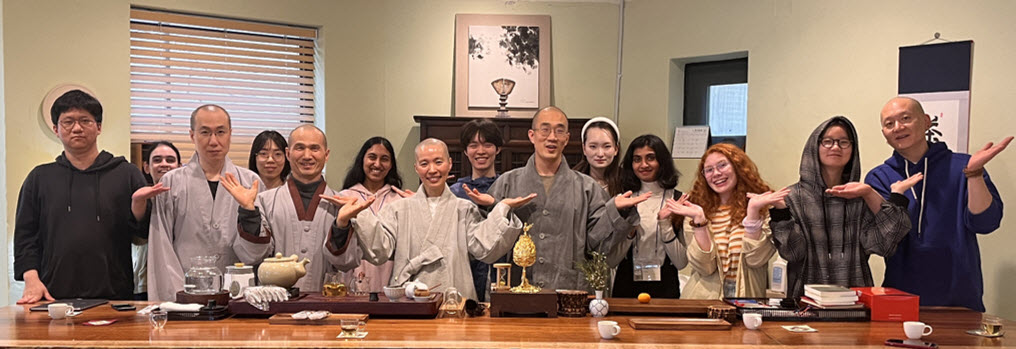
Just Be Templestay
Source: SNU Buddhist Society
Iresha, a graduate student from Sri Lanka felt fortunate to participate in the templestay. “The opportunity to be happy with a group of friends who came from different countries and wanted to follow the same path was made more colorful by the Dharma discussions,” she said.
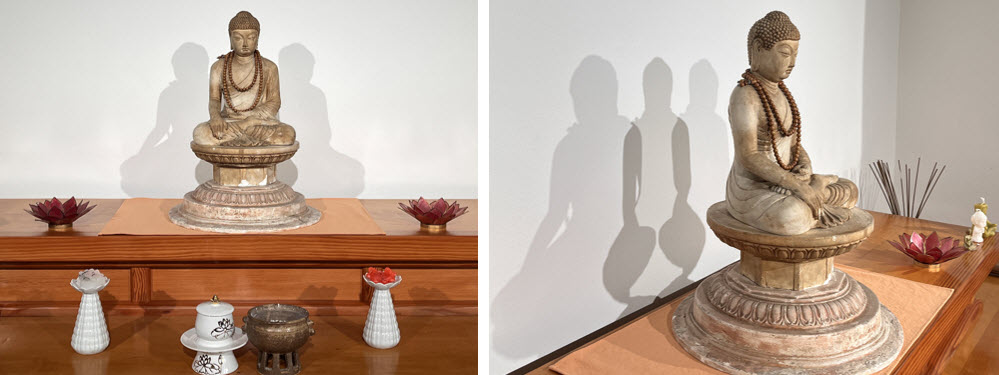
SNU Buddhist Society meeting room altar
Source: SNU Buddhist Society
Each week, head nun Unseong leads SNU Buddhist Society members through learning sessions that involve a combination of philosphical talks, conversations over tea, and meditation. An upcoming session will include a screening of the 1993 film Little Buddha followed by discussion. Unseong, who normally resides in Yonghwasa Temple in Jinju, provides invaluable guidance as the dharma teacher of SNU Buddhist Society. Outside of her duties with the society, she is also well known as the host of the Buddhist Television Network (BTN) Radio Show “The Path to You, This is Unseong” (그대에게 이르는 길, 운성입니다다), where she shares her wisdom.
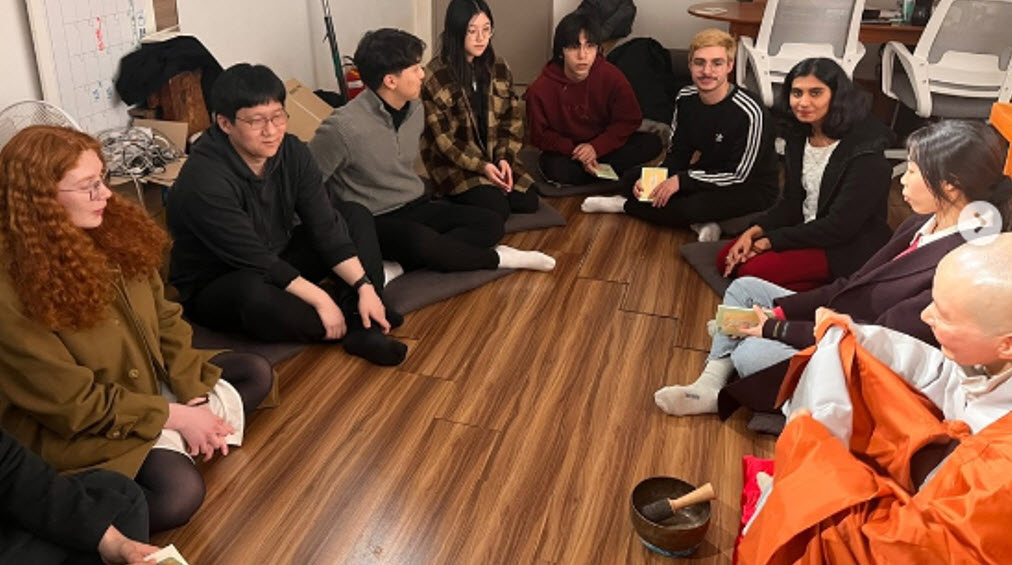
Head nun Unseong’s talk and meditation session with a singing bowl
Source: SNU Buddhist Society
Apart from the usual weekly sessions, the SNU Buddhist Society also hosts one-off events to offer students diverse ways of exploring Buddhist philosophy. On March 26, students created the SNU lantern to be used in the world-famous Lotus Lantern Festival parade (yeon’deung’hoe), celebrating the birth of the Buddha. A significant event for both Buddhists and non-Buddhists, this parade is on the UNESCO list of Intangible Cultural Heritages of Humanity. A one-day workshop open to all was dedicated to making lotus lanterns, which were carried by students representing SNU Buddhist Society at this year’s parade on May 20.
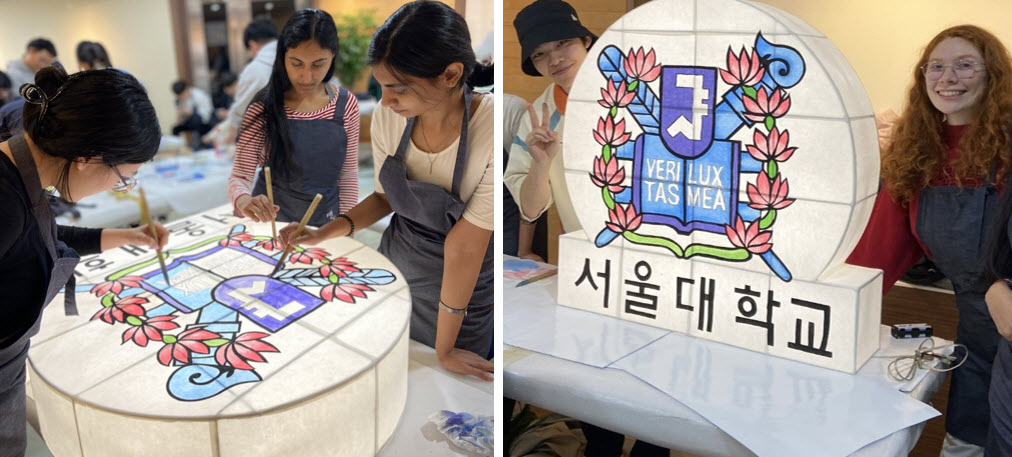
SNU Buddhist Society being painted for the 2023 Lotus Lantern Festival on Buddha’s birthday
Source: SNU Buddhist Society
On March 30, students went on a field trip to COEX to visit the Seoul International Buddhism Expo, where they were able to see a delightful array of both traditional Buddhist and Korean culture. Booths included those for teawares and tea, hanbok, Buddhist robes, arts and crafts, temple food, meditation paraphernalia, and more. Students enjoyed media art exhibitions and cultural exchanges with delegates from other countries.
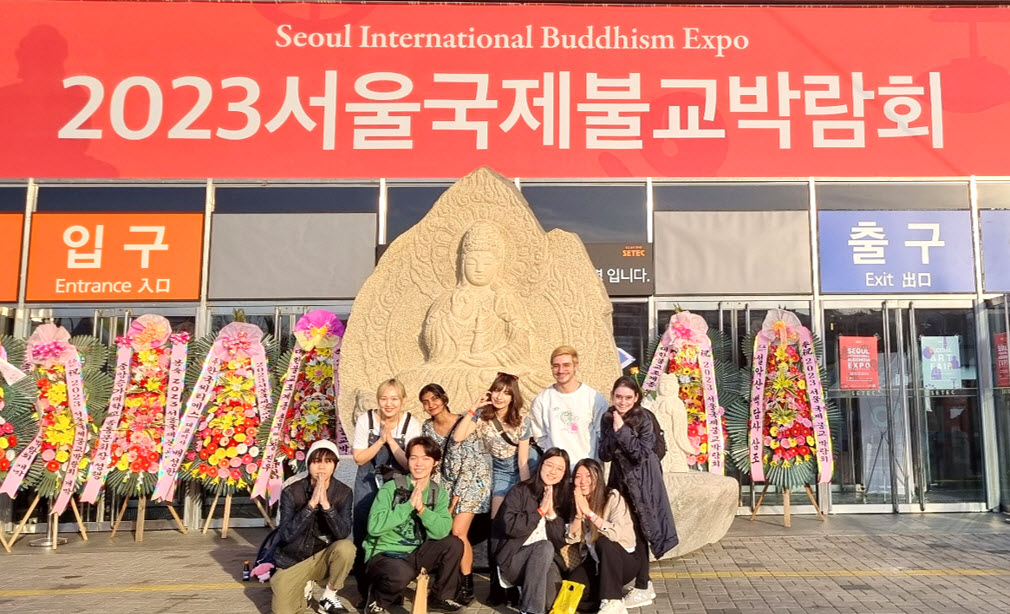
Seoul International Buddhism Expo, COEX
Source: SNU Buddhist Society
On April 6, society members gathered to color in a mandala, which was then torn and destroyed shortly after completion, in alignment with the Buddhist belief that all things are impermanent.
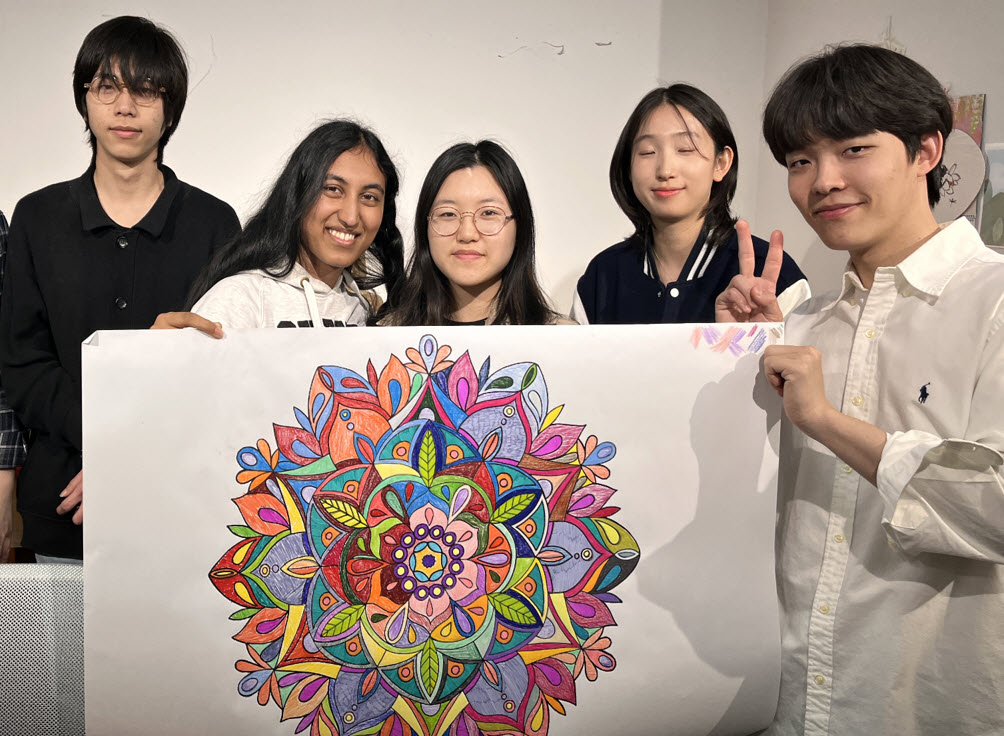
Mandala colouring and burning
Source: SNU Buddhist Society
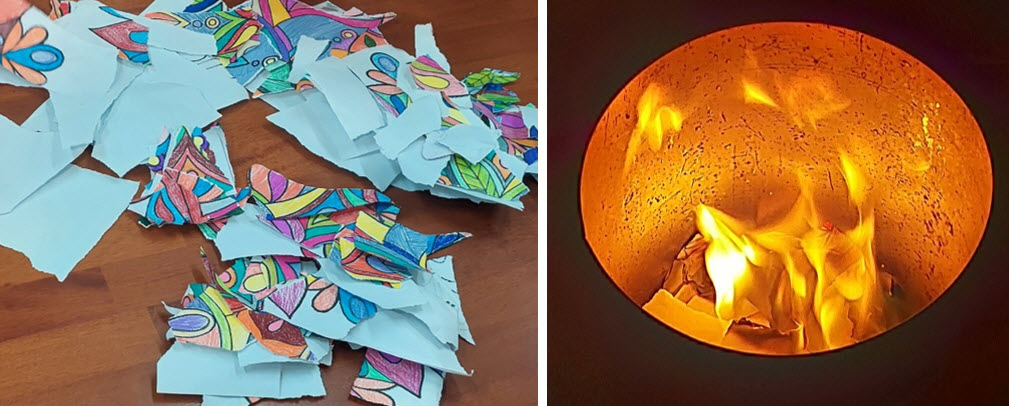
Mandala colouring and burning
Source: SNU Buddhist Society
Increasing interest in the SNU Buddhist Society can perhaps be explained by its welcoming atmosphere in which anyone is free to ask and discuss difficult philosophical questions, and attend anything they are interested in. Members are often found in the society meeting room having conversations over tea and dinner, and enjoying each other’s company. The wide variety of events and experiences offered is also another reason why the society has become extremely popular. Future events will include the Korean Buddhist University Federation (KBUF) Young Buddhist Camp, a four-day training camp during summer break for university students from all over Korea, a camp for Buddhist University Students in July at Hwang Nyong Won in Gyeongju, and another temple stay in metropolitan Seoul.
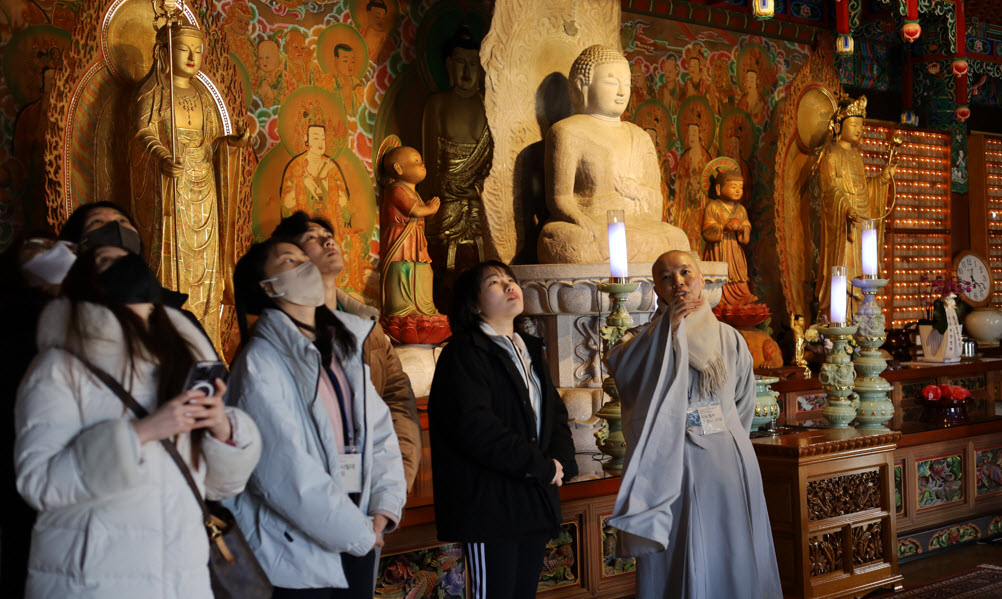
Temple stay
Source: SNU Buddhist Society
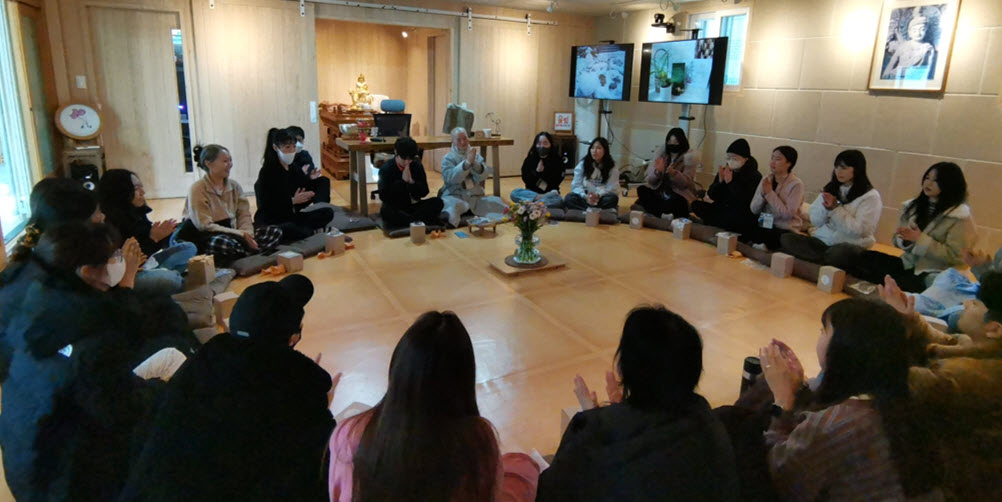
Temple stay
Source: SNU Buddhist Society
Welcoming new members, head nun Unseong says “The SNU Buddhist Society is a place where you can go on walks, chat, and drink tea with your friends and myself on your path to finding the real you.”
The SNU Buddhist Society welcomes new members all year round. For further information, please visit: https://www.instagram.com/snu_buddha/.
Written by Sneha Karri, SNU English Editor, sneha@snu.ac.kr
Reviewed by Professor Travis Smith, Department of Asian Languages and Civilizations, tlsmith@snu.ac.kr

